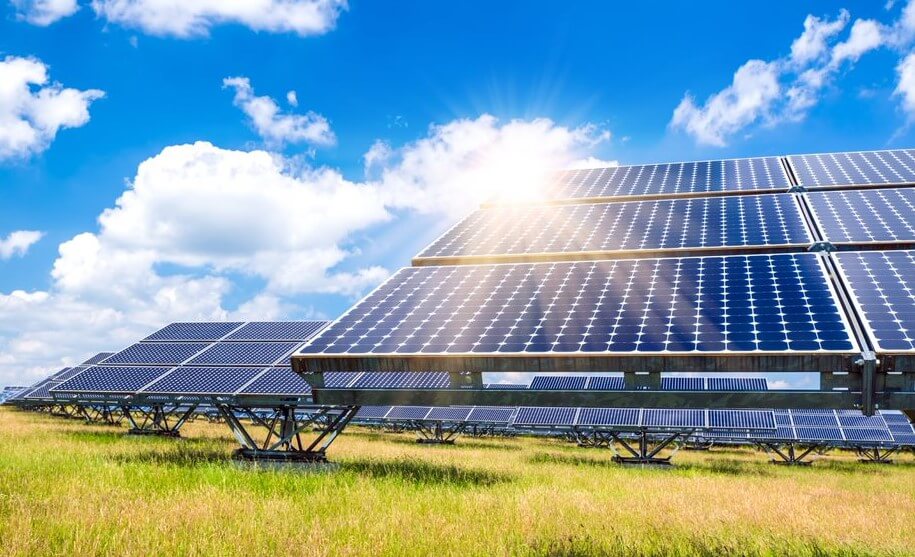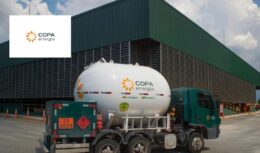
The expectation is that the solar energy sector will grow with the implementation of new systems connected to the grid; last year the expected was 141 GW
BloombergNEF (BNEF) presented a report that shows that, with the implementation of the new grid connection system, the expectation is that it will increase in the coming years, with the possibility of installing 209 GW of solar energy worldwide this year – compared to 141 GW in 2020. The Global Photovoltaic Market Outlook also highlighted that the deployment of new grid-connected photovoltaic systems is expected to increase further in the coming years. It is expected to increase by 221 GW by 2022 and 240 GW by 2023.
Check out other news of the day:
- Sale of machinery and equipment reaches R$ 12,5 billion in January, shows Abimaq
- Ceará stands out and could become a major exporter of green hydrogen to Germany
- Privatization of Eletrobras has as its main objective the reduction of tariffs on electricity bills and not just collection
BNEF, in its report says that “At least 160 GW of solar power will be deployed in 2021. Most markets will grow, especially India, which has a large number of projects behind schedule in 2020, and China, which must maintain growth to stay on course towards its 2060 net zero target.”
Shortage of raw materials for equipment:
BloombergNEF dispelled any concerns about supply shortages, noting the planned expansion of polysilicon, wafer and glass production capacity. Analysts who participated in the report said that “While some polysilicon bottlenecks persist, material prices are expected to stabilize around $12/kg this year. We expect prices to drop to around $0,19/W for standard modules based on 166mm wafers, with larger format panels commanding a premium in markets without punitive trade tariffs.”
Silicon availability:
According to the company's analysis, even if the United States and Europe imposed effective sanctions on the province's products, silicon outside of Xinjiang is sufficient to meet demand. This issue may require crystal ingot suppliers to keep some products unblended to supply these markets, which could raise prices slightly and benefit First Solar, a leading supplier of non-silicon based solar modules.












Air Force F-16 fighters…
True friend, what they shot down were…
Air Force F-16 fighters…
I would like to know what planet you live on…
Air Force F-16 fighters…
Everything is fine, 100-year secrecy,…
Air Force F-16 fighters…
Well... It's flying scrap... Typical...
Air Force F-16 fighters…
Which genocide are you talking about? Than…
Good evening, I'm a bricklayer, how do I do…
In China there is a dictatorship that…
I'm an electrician and my wife has a degree...
Yes, I would buy it. The price expectation is…
This train was a 4,5…
That's it, Brazil, forward and...
I'm interested in going to work there, if...
I didn't know about this news